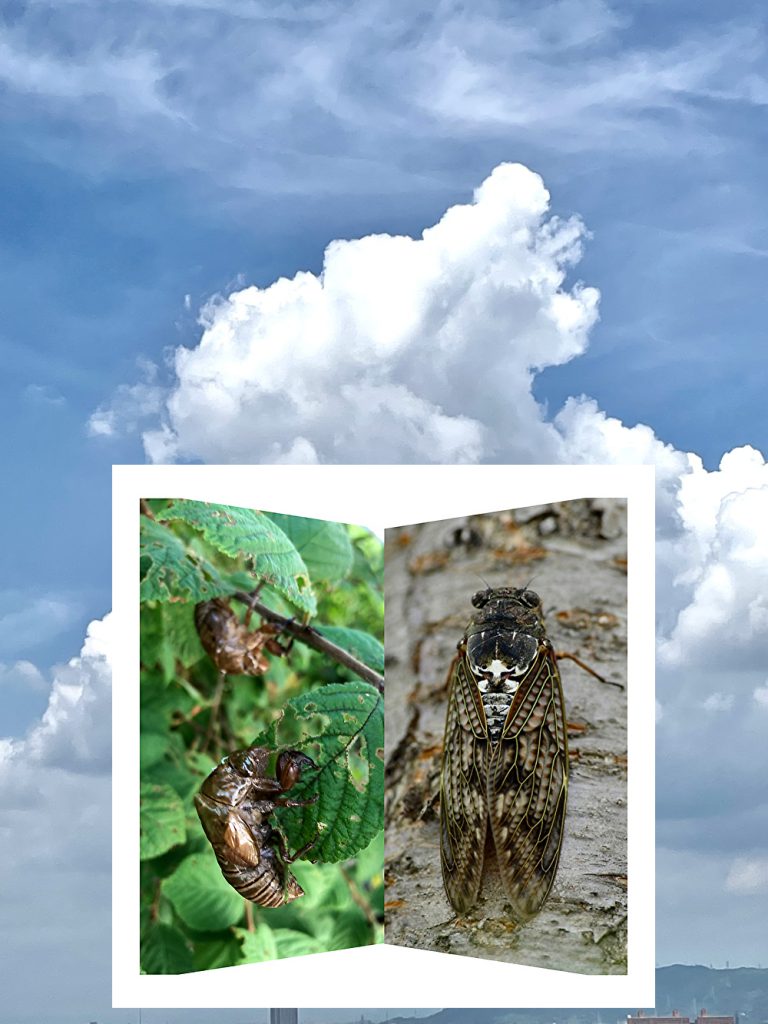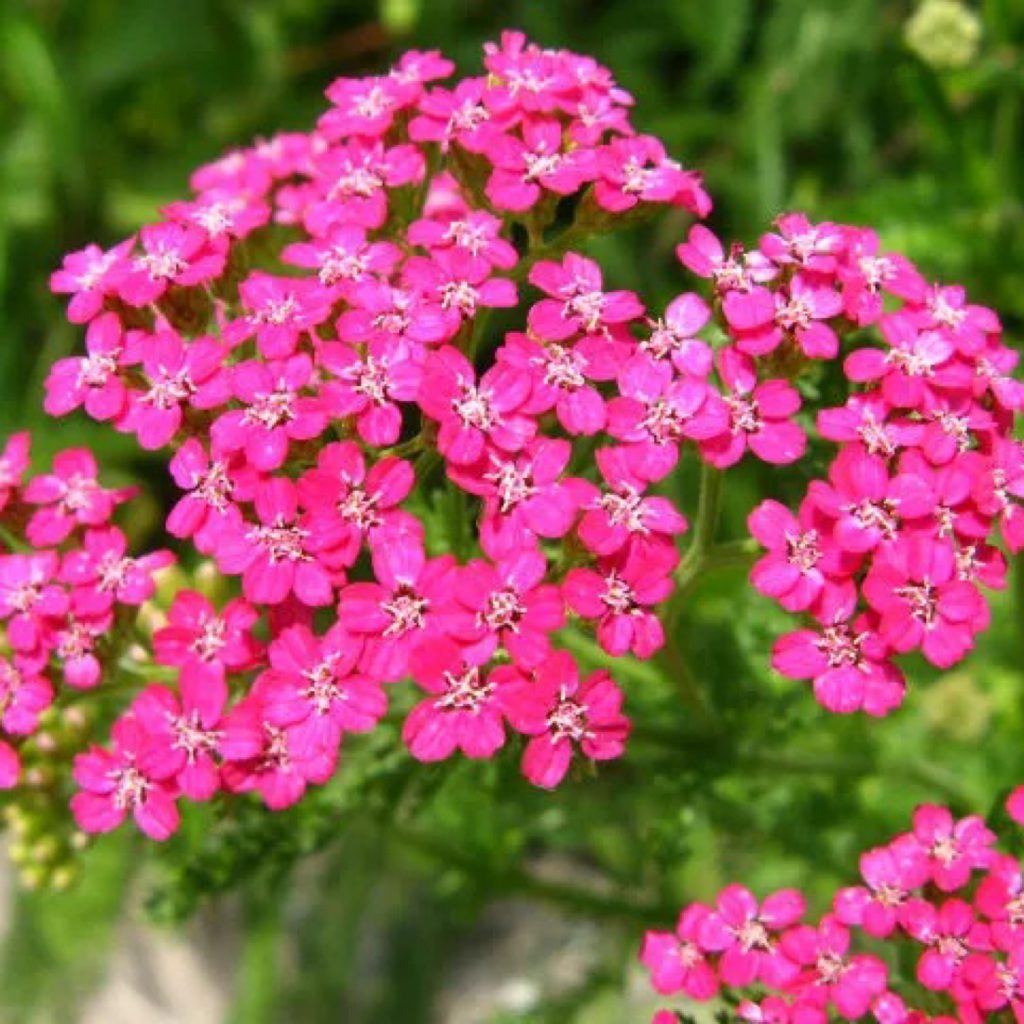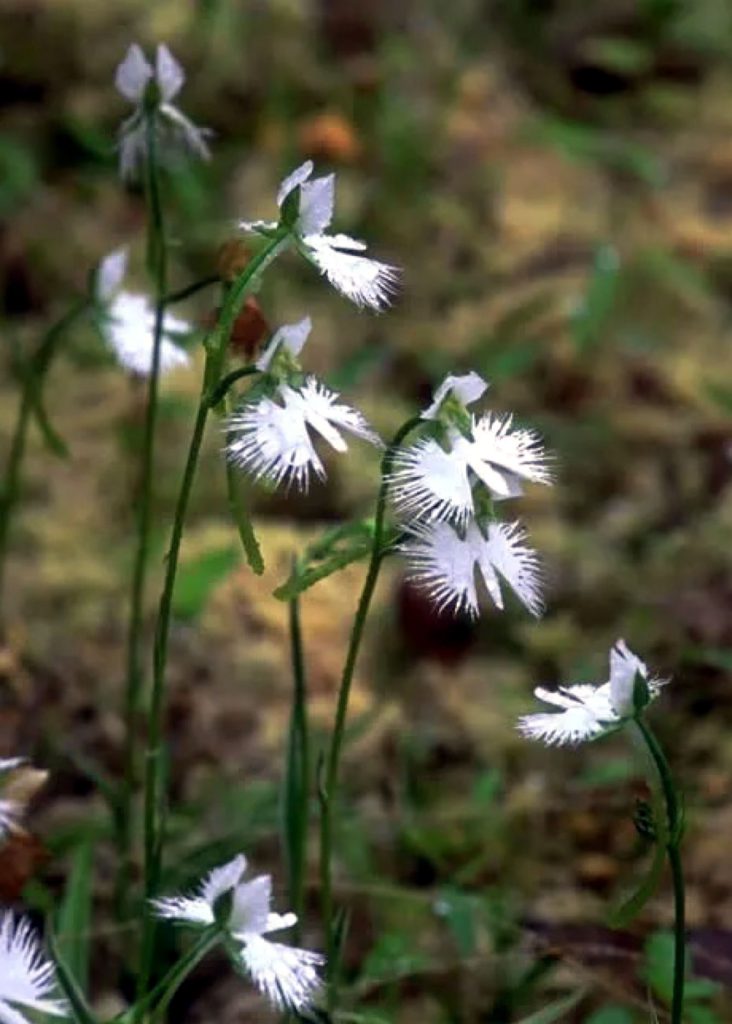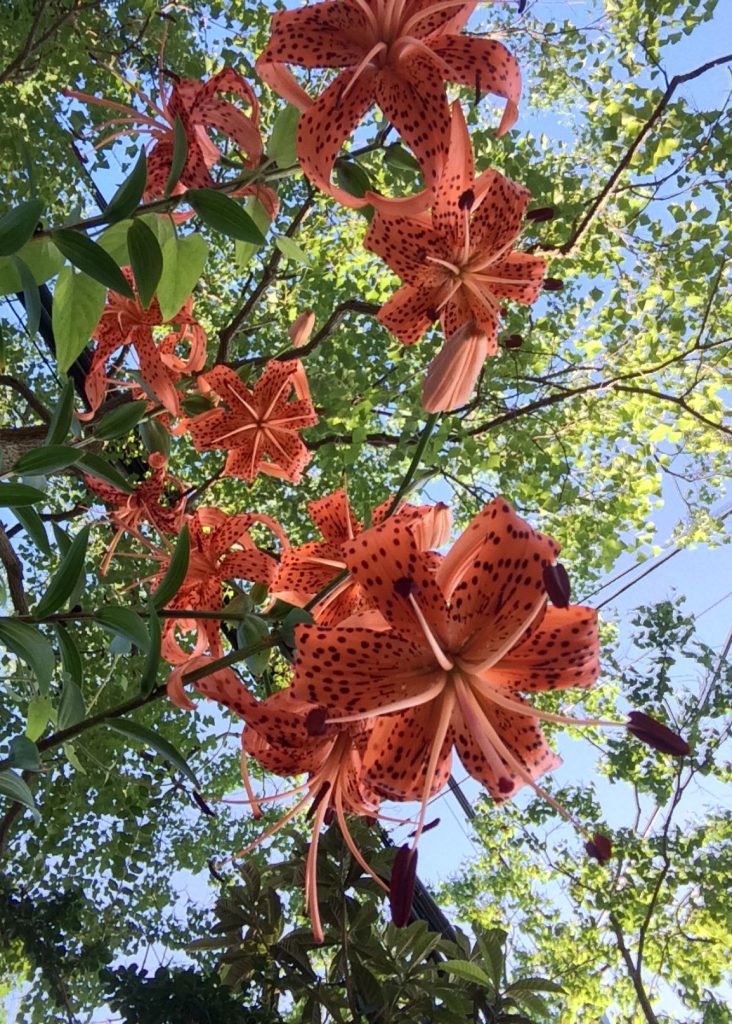
♭♯♭ 夏休み ♭♯♭
As I was drinking freshly ground coffee at a teahouse near the park, children’s voices were heard from a distance, mixed with the sound of the wind chimes. It’s the most fun time to remember. Wake up early in the morning to do radio calisthenics, clean the streets in the neighborhood, get a stamp stamped on the card, and go home. Of course, there was no cooler, but it was still cool enough with the wind blowing from the windows and the open shoji screens. Take the watermelon out of the wooden refrigerator with big ice and put it in my mouth to cool it to the core of my body. The cicadas are screaming hot, but the wind chimes are refreshing and counteract it. After breakfast, I will do my homework “Summer Holiday Friend” while it is cool in the morning. It gets hot in the blink of an eye. Then, as it was decided, my fellow friends would come and go to the nearby river. I just go home for lunch, and the rest of the day goes by playing in the river. In the evening, when the sun goes down, smoke from houses and baths rises from here and there. By the time I get home, I’m really tired and I can barely take a bath. It is a nostalgic memory.
公園近くの茶店で挽きたてのコーヒーを飲んでいると、風鈴の音とともに、遠くから子供達の声が聞こえてきました。思い出してもいちばん楽しい時です。朝早く起きてラジオ体操をし、近所の道を掃除し、カードに判子を押してもらって家に帰ります。クーラーなどはもちろんなく、それでも開け放った障子や窓から吹いてくる風で十分涼しかったものです。大きな氷を入れた木製の冷蔵庫からスイカを取り出して、口に頬張ると体の芯まで冷えます。セミが暑苦しいほど鳴いていますが、風鈴が爽やかになってそれを打ち消します。朝ご飯を終えると、朝の涼しい間に宿題の「夏休みの友」をやります。みるみる内に暑くなってきます。そうすると決まった様に仲間の友達がやってきて、近くの川に行きます。昼ご飯に家に帰るくらいで、あとは川遊びで一日が過ぎます。夕方、日が沈む頃にはあちこちの家から夕飯やお風呂を焚く煙が立ち上ります。家路に着く頃には、さすがに疲れて、風呂に浸かるのもやっとです。懐かしい思い出です。








